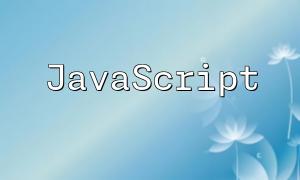FFmpeg is an open-source multimedia framework used for recording, converting, and streaming digital audio and video. Due to its powerful capabilities and support for multiple formats, FFmpeg has become the go-to tool for many developers. By combining FFmpeg with PHP, developers can easily implement video conversion, editing, and merging operations in their PHP projects.
Before installing FFmpeg, ensure that your server environment meets the following requirements:
Operating System: Linux or macOS is recommended
PHP Version: PHP 7.4 or higher is recommended
Access to terminal/command-line tools
Choose the installation method based on your operating system.
Ubuntu users can install FFmpeg with the following commands:
CentOS users can install FFmpeg with these commands:
macOS users can install FFmpeg easily via Homebrew:
After installation, verify that FFmpeg was successfully installed by running the following command:
If you see FFmpeg's version information, the installation was successful.
To use FFmpeg in a PHP project, you can execute commands through PHP's exec() function. Here's a simple example:
With this guide, you have learned how to install FFmpeg in a PHP environment and integrate it into your projects for processing audio and video files. FFmpeg offers powerful features to help you perform complex media operations in PHP. If you encounter any issues or need further assistance, feel free to leave a comment below.









